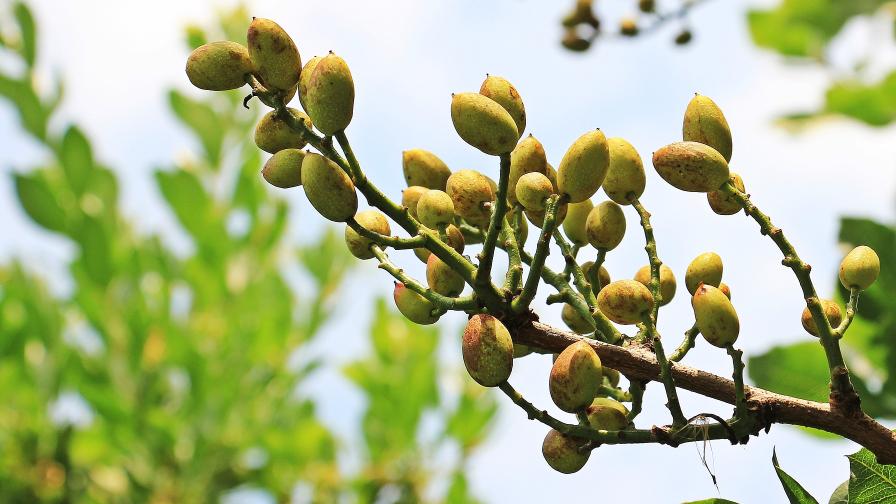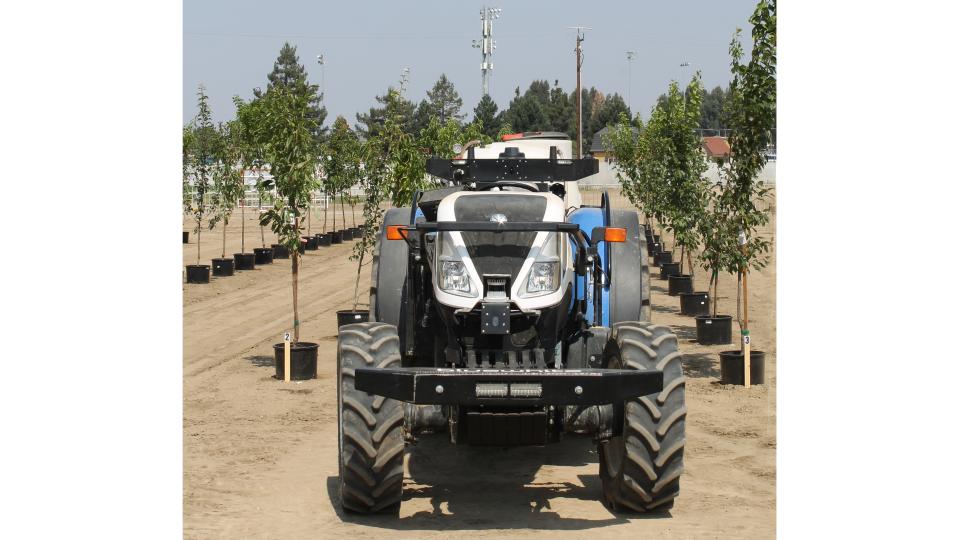In Focus: Ward Gunter

1. Given closer scrutiny of nutrient runoff by government agencies, how do slow-release fertilizers benefit growers?
Gunter: Government regulations should not be the reason people choose to use enhanced efficiency fertilizers. People should use them because they work better than conventional fertilizer.
Think about the introduction of the tractor into farming. The added power allowed farmers to plow more rows at a time, reduced labor, and required less maintenance than animals. The tractor increased production so more land could be used raising human food rather than raising farm animals. Initially, tractors were expensive and cumbersome, but they have evolved to the point that we can’t get by without them today.
I believe ag fertilizers are going through the same kind of evolution where growers speculate that controlled release fertilizers cost more than they are worth, until they see the benefits themselves. I predict that in the future, controlled release fertilizer technology will become the growers’ standard practice in Florida. Agrocote controlled release fertilizer from Everris helps growers to grow more with less, reduce fertilizer waste, and reduce the number of trips through the field. This leads to a savings on fuel, equipment wear and tear, and labor costs.
For example, I have a grower that eliminated one trip through the field per year, from four applications to three. On 5,000 acres, this saves him $35,000 every year. Plus, he reports he is growing more high-quality fruit.
2. Outside of environmental benefits, what are some other advantages growers can expect from using a slow-release fertilizer?
Gunter: Growers who use slow-release fertilizers have noticed more pieces, more uniform crop growth, better size, and better shape all without having to worry about the rain washing it away or applying constant fertigation.
3. There has been much attention lately on foliar nutrition in citrus. How does a good slow-release fertilizer complement a program where growers are using foliar applications?
Gunter: A good foliar program should complement the nutrition the roots are providing, not replace it entirely. I am not going to tell you that by using Agrocote you will eliminate your foliar program. But, my customers that use controlled release nutrition on citrus are not seeing the incidence of HLB in their groves like other growers across the street who rely on 100% soluble programs. By using some amount of controlled-release fertilizer, we are keeping nutrients in the ground for the trees all the time. There is no chance for them to go hungry, and I believe this makes them less susceptible to the disease.
I think some growers feel as if they have to support the tree with foliar nutrients. They are missing the boat by not making improvements in their dry program at the same time. It is similar to growers who use variable rate technology (VRT) but haven’t made any changes to their fertilizer mix. Improve the placement with VRT and improve the performance of the dry fertilizer and you will see the results.









